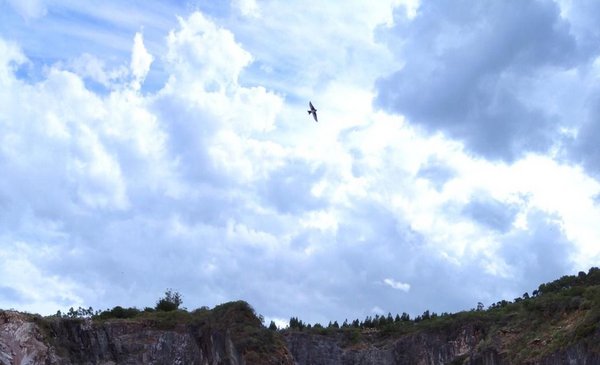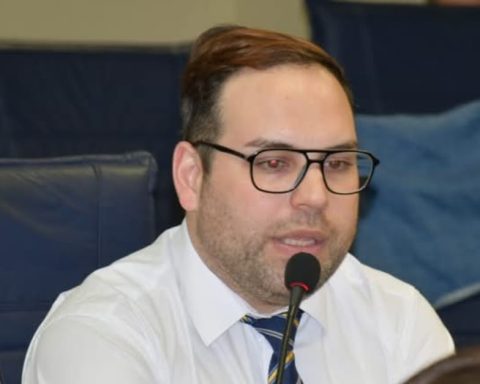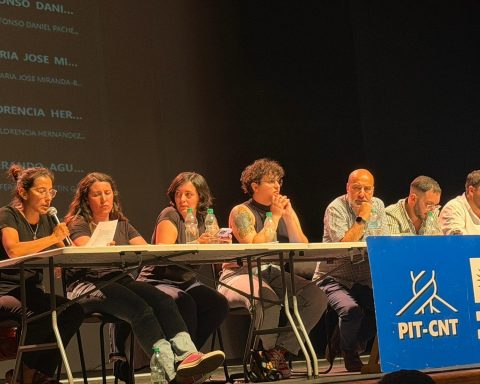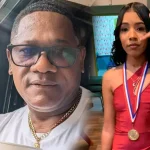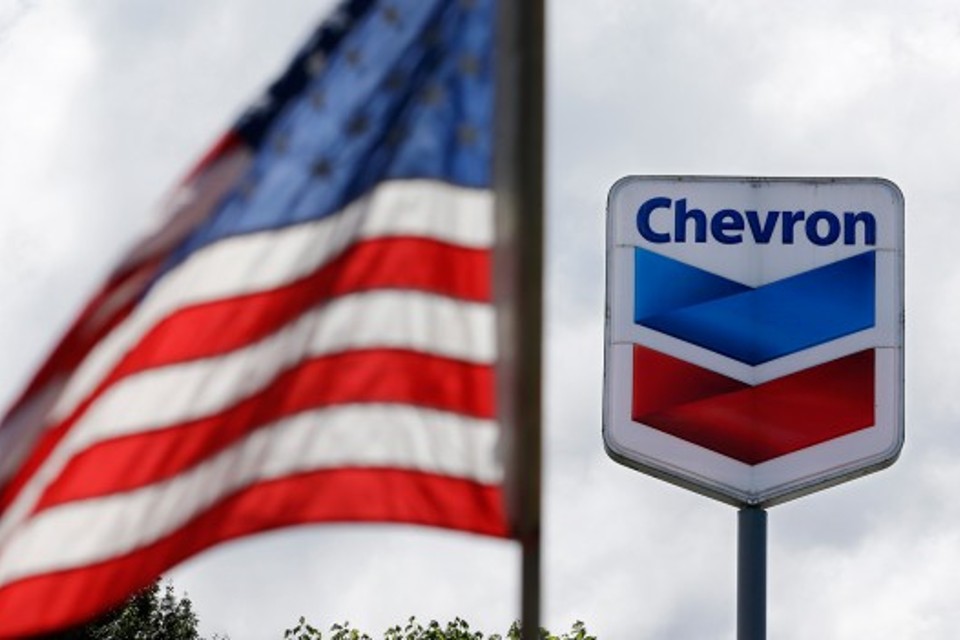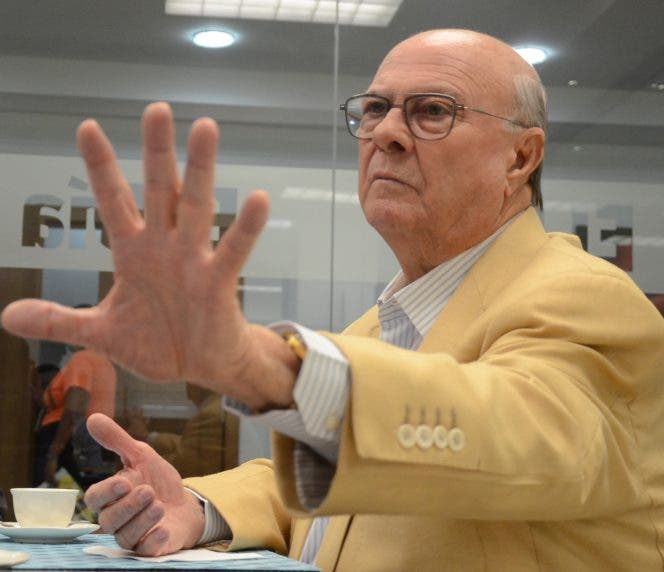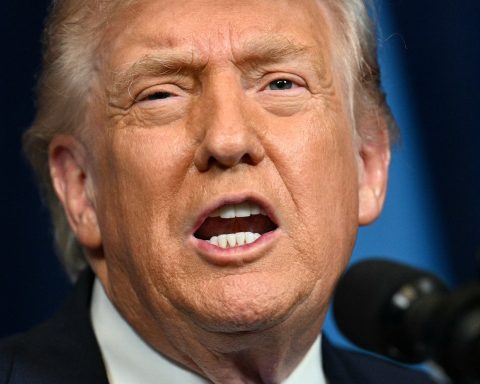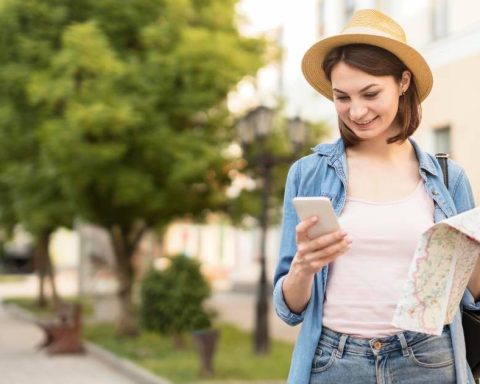People dodged “No Trespassing” signs and fences; the “shore” were stones: those who dared to jump ran the risk of cutting themselves, as happened to a young man at one point, or slipping on a stone. Also, something they were possibly not aware of is that the water was not surveyed and was standing water.
The reality is that quarries are, effectively, mines: points where mineral resources are extracted. “It would be a volume of rock that, when extracted, leaves a hole,” he told The Observer Manuela Morales, assistant professor in Mineral Resources at the Institute of Geological Sciences of the Faculty of Sciences of the University of the Republic (FCien-Udelar).
For example, in the case of New Carrarain that quarry (mine) the marble that was used in the construction of the Legislative Palace was extracted at the time.
It’s not the only one
Like New Carrara, “there must be” hundreds of mines throughout the countryalthough not all of them are active (with permission to exploit). Only marbles “there are more than 30 inactive”commented the researcher from the Geosciences Area of the Basic Sciences Development Program (Pedeciba).
Of that “more than 30”, however, the expert did not have specific data on how many are “flooded”, that is, full of water. Nevertheless, “suitable for bathing there are none”he emphasized.
“Those who represent a risk are those that are inactive and abandoned”, Morales stressed; “The latter means that there is no person responsible for that mineIn general, because the exploitation permit has already expired a long time ago,” he explained.
In Uruguay “there must be more than 500 abandoned quarries”, indicated the researcher, and among them is that of New Carrara; this is if ornamental rocks (marble, granite, flagstone, sandstone), talc, metallic minerals (gold, lead, copper, zinc), sand, gravel and broken stone are included.
In San José there are some 69 abandoned quarriesfor example —according to an investigation by a student of the degree in Geology, a student of the professor—, and in Minas de Corrales (Rivera) there are several inactive but not abandoned mines: San Gregorio, Arenal, Ombú, Polvorín and Santa Teresa, and “in Artigas there are many quarries that are active,” Morales said. Gold was extracted from those of Rivera and agates and amethysts are extracted from those of Artigas.
What risks are involved?
The researcher listed three main risks: physical (collapse hazards, cutting hazards with sharp objects), chemicals (contaminated or even acidic water) and biological; The latter is not necessarily a human risk, since it implies “recovering the vegetation around the mine and in the tailings (which helps to stabilize them chemically and physically) and making all the fauna recover.”
On the other hand, the geologist indicated that if there is a population near a mine and there is no sanitation, all the sewage can end up there, so it would become even more polluted.
The latter does not depend so much on the mine itself, but on the subsequent use of the surroundingssaid the expert, and this is what happens in the quarries of La Paz and Las Piedras (Cannelloni). There are about 10 open pit mines (that is, they are not underground); in the satellite image of Google Maps they are flooded because “sometimes they pump the water to dry them and continue the extraction,” explained Morales.
Google Maps screenshot
Satellite view of the quarries of La Paz and Las Piedras
Meanwhile, something that can also be found in mines and is also a “dangerous” element are remains of machinery that was used at the time and was not removed (Before it was not mandatory to make a closure plan for the work and the companies did not necessarily take the equipment, the expert indicated). “One thing that is used a lot in mining are lingas, which are these super thick metal cables that sometimes lie below the surface”, he alerted.
“If you are swimming and the water is not completely transparent, you do not see; there may be a block of rock with which you can scrape yourself, you can hit yourself, it hurts, it immobilizes you… Or you can get stuck with a linga or another metallic element”, exemplified the professor of the Faculty of Sciences.
Taking this into account, Morales stressed that both the different municipalities and the national government “they would have to campaign” to prevent that people go to bathe or assign them a value as a tourist destination.
“I would never go into a quarry”the researcher asserted.
